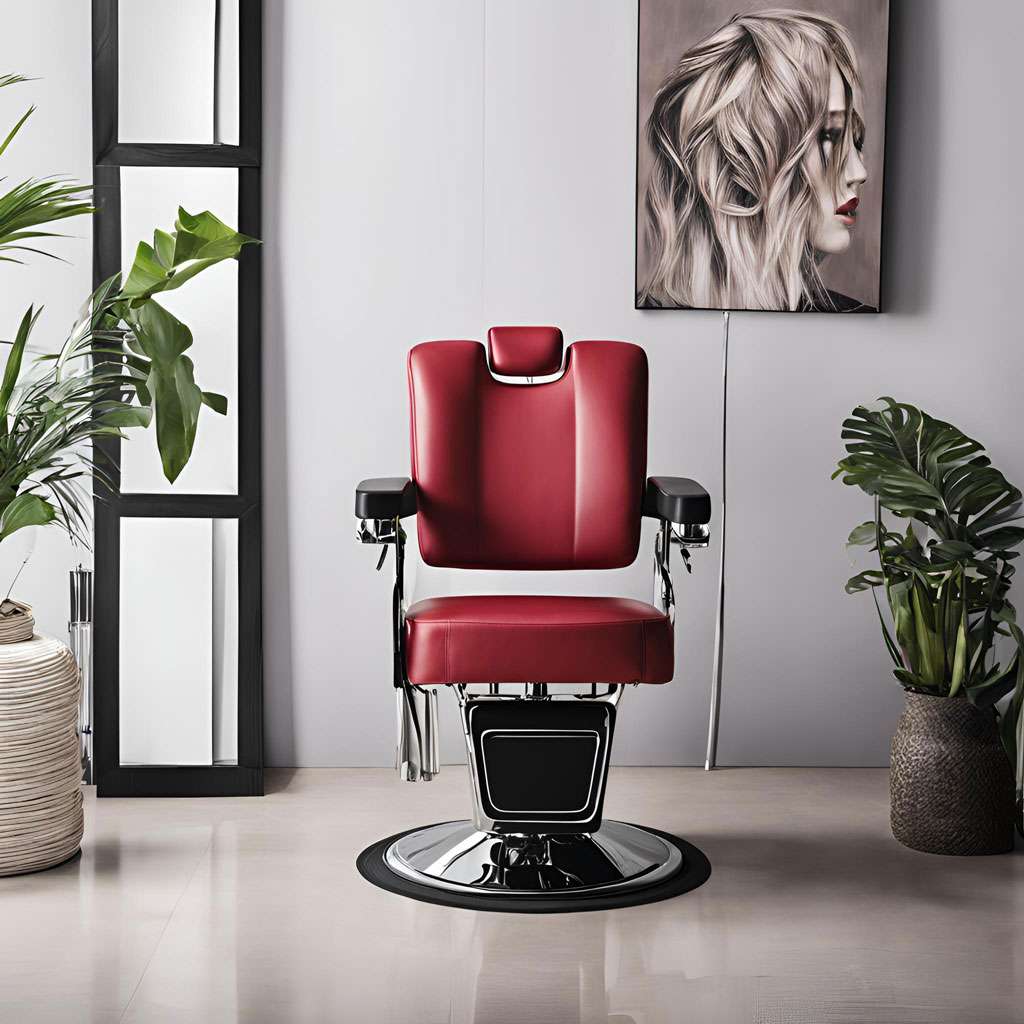What is product 3d rendering?
Product 3D rendering is the process of creating high-quality, realistic visual representations of products using 3D modeling and rendering techniques. This method involves creating a digital 3D model of a product and then rendering it to produce photorealistic or stylized images. These images can be used for marketing, design validation, presentations, and various other applications. At Luxe3D.co.uk, we specialize in product 3D rendering to help our clients showcase their products in the most compelling and visually appealing way.

1. The Process of Product 3D Rendering:
- 3D Modelling: The first step in product 3D rendering is to create a detailed 3D model of the product. This involves using 3D modeling software to build a digital representation of the product, including its shape, texture, and details. The model can be based on CAD drawings, sketches, or physical prototypes.
- Texturing and Materials: Once the 3D model is complete, textures and materials are applied to simulate the product’s surface properties. This includes adding realistic details such as colors, patterns, and finishes. The texturing process enhances the model’s appearance, making it look more like the actual product.
- Lighting and Environment Setup: Proper lighting and environment settings are crucial for achieving photorealistic results. This involves positioning virtual light sources to mimic real-world lighting conditions and setting up backgrounds or environments that complement the product. Lighting effects, such as reflections and shadows, add realism to the render.
- Rendering: The final step is to render the 3D model into a 2D image or animation. This process involves using rendering software to compute how light interacts with the model and produce high-quality visual outputs. Rendering can take different forms, such as static images, 360-degree views, or animations.
- Post-Processing: After rendering, additional post-processing may be applied to enhance the image further. This can include color correction, adding special effects, or adjusting details to achieve the desired look.
2. Applications of Product 3D Rendering:
- Marketing and Advertising: Product 3D renders are widely used in marketing materials, advertisements, and online stores. They provide visually appealing images that attract customers and highlight the product’s features and benefits.
- Design Validation: Before manufacturing a product, 3D renders can be used to review and validate its design. This helps identify potential issues and make adjustments before production begins.
- E-Commerce: High-quality 3D renders enhance the online shopping experience by providing detailed and accurate images of products. This allows customers to view products from different angles and better understand their features.
- Prototyping and Development: 3D rendering is valuable for visualizing prototypes and conceptual designs. It helps designers and engineers evaluate how the product will look and function in real-world scenarios.
- Presentations and Pitching: Professional 3D renders are often used in presentations and pitches to showcase products to clients, investors, or stakeholders. They provide a realistic preview of the product and help communicate design ideas effectively.
3. Benefits of Product 3D Rendering:
- Realism: 3D rendering produces highly realistic images that accurately represent the product’s appearance, materials, and features. This helps potential customers get a true sense of what the product will look like.
- Flexibility: With 3D rendering, you can easily modify the product’s design, colors, or textures and create multiple variations. This flexibility allows for quick adjustments and customization.
- Cost-Effectiveness: Compared to traditional photography, 3D rendering can be more cost-effective, especially for complex products or when showcasing multiple variations. It eliminates the need for physical prototypes and photoshoots.
- Time Efficiency: Rendering can be done quickly, allowing for rapid production of marketing materials and design reviews. This speeds up the product development cycle and helps meet deadlines.
- Enhanced Visualization: 3D renders provide detailed and engaging visualizations that can be used in various formats, including static images, interactive 360-degree views, and animations.
**4. Luxe3D’s Approach to Product 3D Rendering:
At Luxe3D.co.uk, we leverage advanced 3D modeling and rendering techniques to deliver stunning product visualizations for our clients. Our process involves creating highly detailed 3D models, applying realistic textures and materials, and using sophisticated rendering software to produce high-quality images and animations. Whether you need product renders for marketing, design validation, or e-commerce, we ensure that the final results meet your specifications and exceed your expectations.
In summary, product 3D rendering is a powerful technique for creating realistic and visually appealing images of products. It involves modeling the product in 3D, applying textures and materials, setting up lighting, rendering the model, and performing post-processing to produce high-quality visual outputs. At Luxe3D.co.uk, we use product 3D rendering to help our clients effectively showcase their products and achieve their marketing and design goals.
